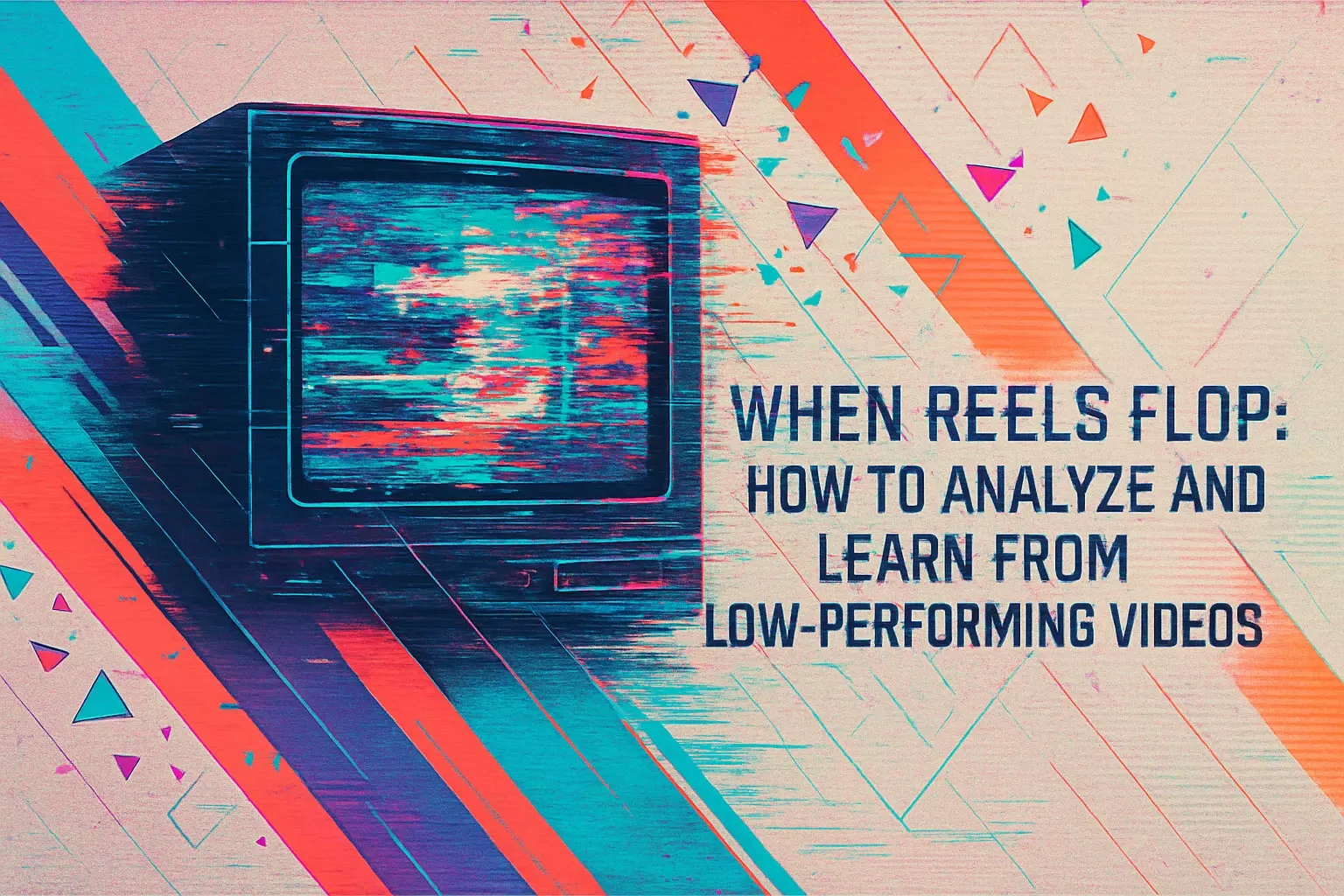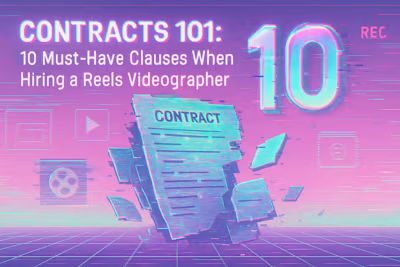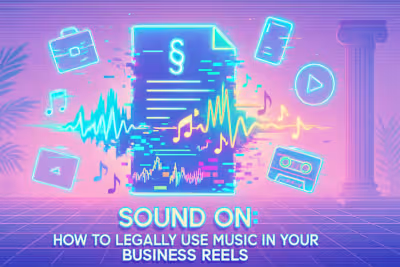When Reels Flop: How to Analyze and Learn from Low-Performing Videos

When Reels Flop: How to Analyze and Learn from Low-Performing Videos
Defining a 'Flop': What Do Bad Metrics Look Like?
Low Reach and Plays Compared to Your Average
Poor Watch Time and a Steep Audience Drop-off
An Abysmal Engagement Rate
The Post-Mortem: A 5-Step Diagnostic Checklist
Step 1: Did the Hook Fail?
Step 2: Was the Audio a Mismatch?
Step 3: Was the Content or Message Unclear?
Step 4: Was it a Hashtag or Caption Issue?
Step 5: Was it Just Bad Timing or Bad Luck?
Turning Insights into Action: Your Go-Forward Strategy
Documenting Your Learnings
Repurposing the Core Idea with a New Execution
Using Flops to Inform Your A/B Testing Strategy
The Psychology of a Flop: Don't Let it Discourage You
Understanding the Algorithm's Unpredictability
Focusing on Consistency Over Perfection
References
When Reels Flop: How to Analyze and Learn from Low-Performing Videos
Defining a 'Flop': What Do Bad Metrics Look Like?
Low Reach and Plays Compared to Your Average
Poor Watch Time and a Steep Audience Drop-off
An Abysmal Engagement Rate
The Post-Mortem: A 5-Step Diagnostic Checklist
Step 1: Did the Hook Fail?
Step 2: Was the Audio a Mismatch?
Step 3: Was the Content or Message Unclear?
Step 4: Was it a Hashtag or Caption Issue?
Step 5: Was it Just Bad Timing or Bad Luck?
Turning Insights into Action: Your Go-Forward Strategy
Documenting Your Learnings
Repurposing the Core Idea with a New Execution
Using Flops to Inform Your A/B Testing Strategy
The Psychology of a Flop: Don't Let it Discourage You
Understanding the Algorithm's Unpredictability
Focusing on Consistency Over Perfection
References
Posted Jun 30, 2025
Not every Reel will be a hit. Learn how to diagnose a 'flop,' analyze what went wrong, and use those insights to create better, more engaging content in the future.








